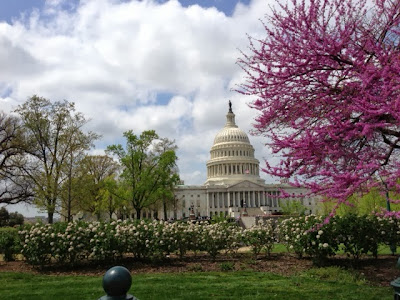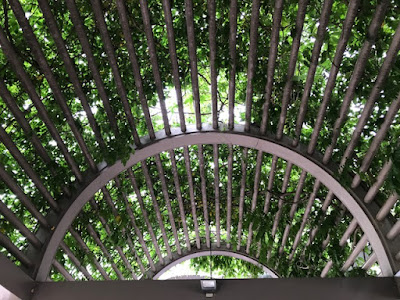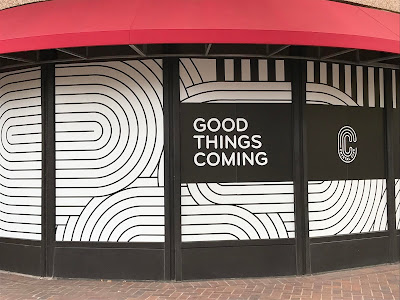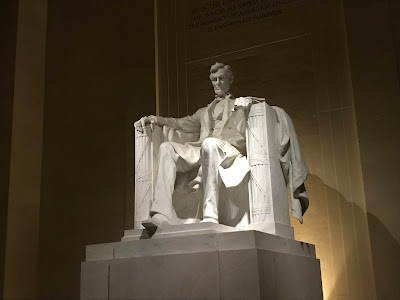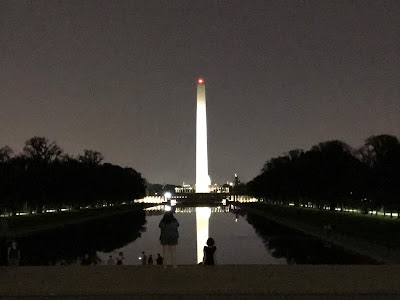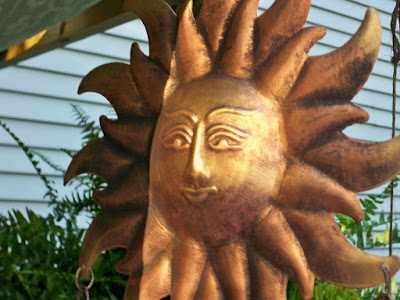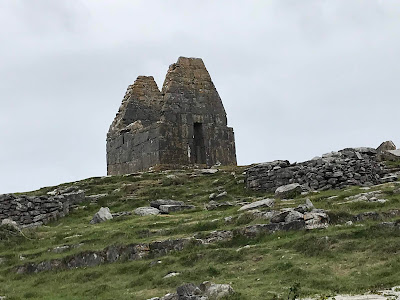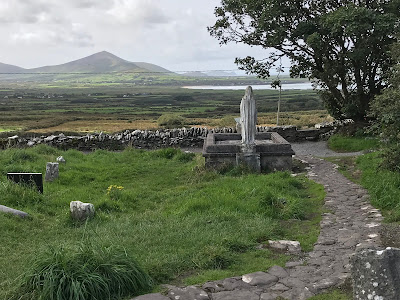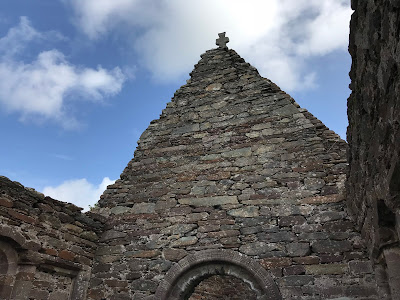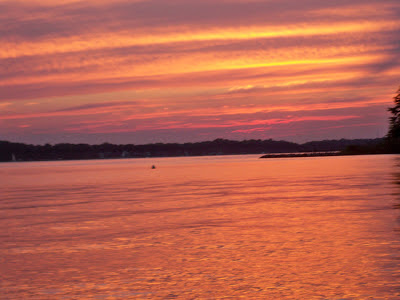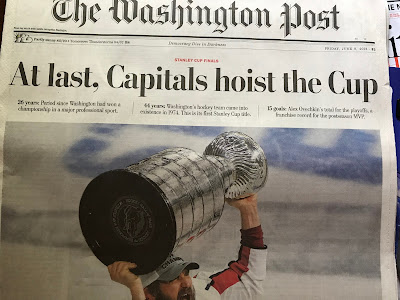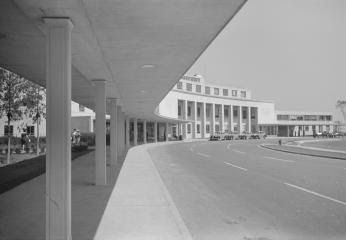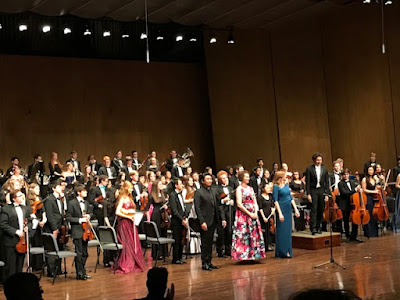The Shutdown Continues…
As the government shutdown closes in on the two-week mark, the D.C. area is feeling like both a ghost town and a seething caldron.
Last night on the radio I heard the story of a 71-year–old woman who’s raising two of her grandchildren and is furloughed from her federal job. She needs every penny of every paycheck for her car note, mortgage, groceries and other expenses. She says she feels like a pawn.
We all do. It’s the only shutdown to span two Congresses, which makes it doubly ridiculous.
With two government employees in the family, I’m following this story with great interest. Will it end this week? Unlikely. Next week? I hope.
Until then, it’s a matter of staying calm—and keeping my own job, of course!
(A photo of the Capitol taken when the season was spring and the government was open.)
